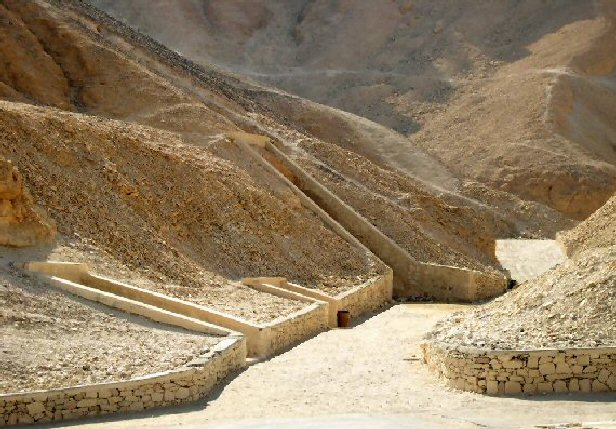
Iznir is like many other Still cities: careful and silent. It is so careful and silent that most people whisper its name, rather than speak it.
As swarms of insects and small rodents run perpetually along its streets, one might think it has been abandoned by human beings. And yet, the careful observer will notice the pristine state of windows and pavements, or the clear, geometric lines of the sandy paths that flow between buildings and monuments. If human presence is almost invisible in this place, it is because its inhabitants, from a very young age, learn the art of preserving their environment, of fitting in without altering it.

To live in Iznir means to understand that we belong to our home just as much as our home belongs to us. It means knowing that we gain as much from serving as from being served. It means believing that everyone has a place and a specific role in their community, that one must know oneself well so that everyone’s role can be vital and sustainable.
There is nothing to quantify in Iznir, because as soon as one tries to gauge something’s value, one starts judging its worth. Because the place offers nothing to glorify one’s ego through possessions either physical or abstract, one often ends up aspiring to please one’s neighbors. Most often, by seeking to teach them something. This is what makes the city a place of knowledge, however incongruous, or even anarchic.
Seen from above, the city of Iznir gives the impression of being carved by spirits more than men. It is a bit like a clay dome, molded in the shape of a city, the centerpiece of a living museum forgotten amidst the hills. One might wonder what method the architect of such a structure might have employed. When approaching it, a chill often runs down the spine. It attracts and repels, like a monster of ancient myth. And one could spend a thousand moons contemplating it, before choosing to come closer…
Contribution by Azur the Servile, on the way to Chrysopoeia.
